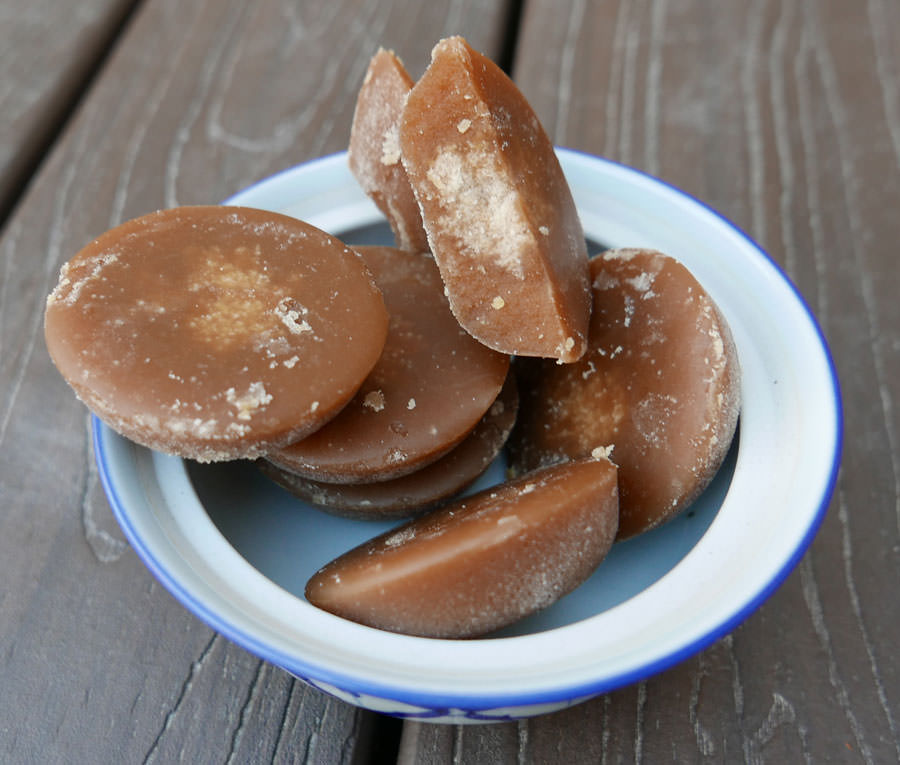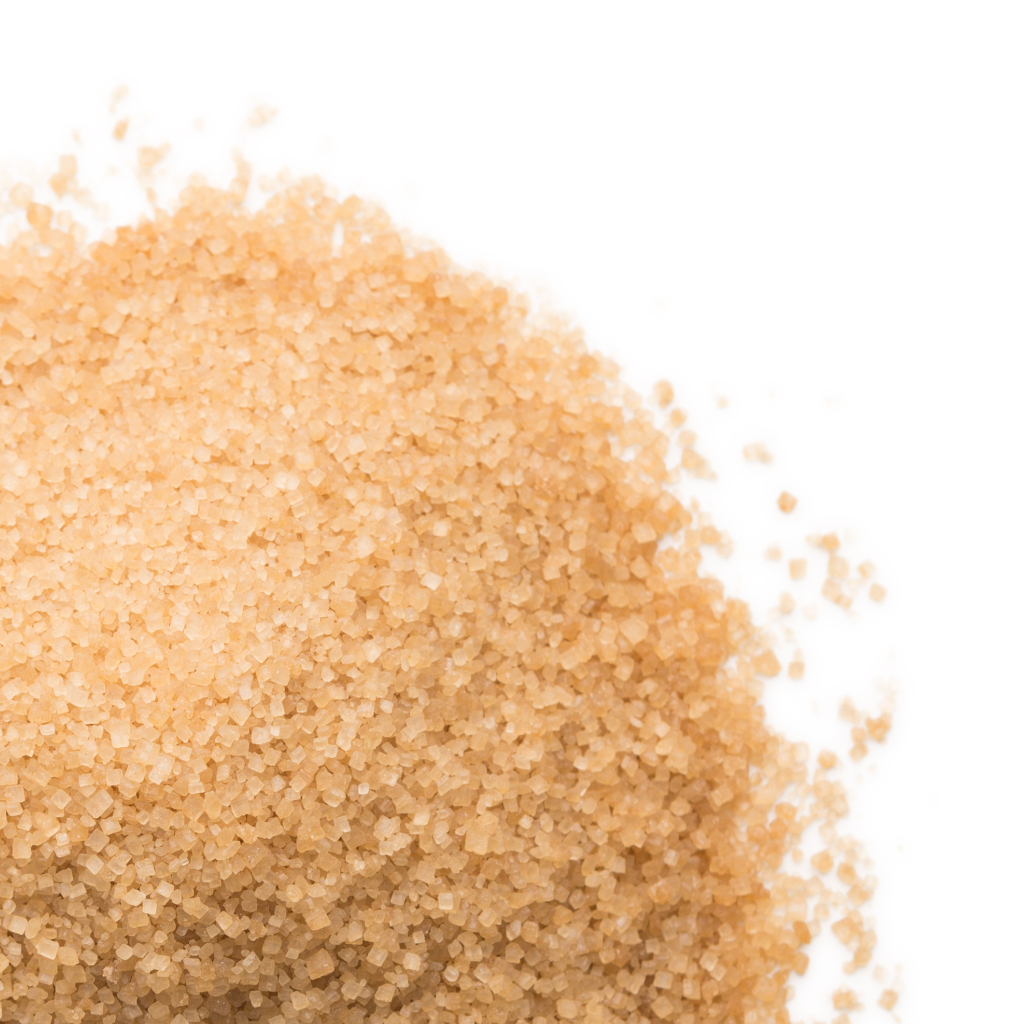An In-Depth Overview to the Environmental Impact and Sustainability Practices in Walking Stick Sugar Processing
The ecological effect of walking cane sugar processing presents a complex variety of challenges that warrant mindful exam. From soil degradation and extreme water usage to the carbon impact associated with growing and manufacturing, the repercussions of conventional practices are far-reaching. What certain methods can be implemented to strike a balance in between productivity and environmental stewardship?
Review of Cane Sugar Handling
Walking cane sugar processing entails a collection of systematic steps that transform sugarcane into refined sugar. At first, collected sugarcane is moved to refining centers, where it undertakes cleansing to get rid of soil and particles. Following this, the cane is crushed to extract juice, which is then clarified by removing contaminations with heating and the addition of lime.
The cleared up juice goes through dissipation, where water is removed to concentrate the sugar content. These crystals are separated from the continuing to be syrup using centrifugation, resulting in raw sugar.
The final product is after that dried out and packaged for distribution. Throughout this whole process, keeping efficiency and quality assurance is vital to ensure the sugar meets sector criteria. Each action in walking cane sugar processing not just adds to the final product however likewise has ramifications for resource use and waste generation, establishing the stage for conversations on sustainability and environmental impacts connected with sugar production.
Ecological Difficulties of Manufacturing
The production of walking cane sugar offers a number of significant ecological challenges that warrant interest. One primary issue is the considerable use agrochemicals, including chemicals and plant foods, which can lead to dirt deterioration, biodiversity loss, and contamination of regional water sources. The overflow from sugarcane fields usually brings these chemicals right into neighboring environments, disrupting aquatic life and influencing the health and wellness of communities reliant on these water bodies.
Another obstacle is the high power intake associated with sugarcane processing. The boiling and refining stages require substantial warm, largely produced by shedding nonrenewable fuel sources, adding to greenhouse gas emissions. Furthermore, the large acreage required for sugarcane growing can lead to deforestation and habitat destruction, additional worsening environment modification and harmful wild animals.
Furthermore, the labor practices in some areas raise moral worries, as employees may encounter bad working problems and inadequate salaries. This circumstance often continues a cycle of poverty in local neighborhoods. Cane Sugar Processing. Addressing these environmental difficulties is essential for developing much more sustainable techniques in walking stick sugar manufacturing, eventually benefiting both the setting and the neighborhoods associated with this market
Water and Land Usage Effect
Water resources and land utilization are critical components in the walking cane sugar market that significantly influence the atmosphere. The cultivation of sugarcane calls for significant water input, with quotes suggesting that it can take in up to 2,000 liters of water per kilogram of sugar created. This extensive usage of water frequently leads to exhaustion of local water resources, impacting not just the sugarcane haciendas yet additionally surrounding environments and communities that count on the same water resources for agriculture and residential usage.

In addition, land usage for sugarcane growing can lead to deforestation and the conversion of all-natural environments into monoculture ranches. This practice lessens biodiversity, interferes with local ecological communities, and adds to soil degradation. The growth of sugarcane fields click here to find out more often intrudes on valuable agricultural land, creating competitors for sources in between food and biofuel production.
Sustainable practices, such as enhancing irrigation strategies and applying plant rotation, are vital to alleviate these impacts. By embracing extra effective water use and land management methods, the walking cane sugar industry can reduce its ecological impact, ensuring an equilibrium in between agricultural performance and environmental preservation.
Greenhouse Gas Emissions
Greenhouse gas emissions stand for a considerable environmental worry within the cane sugar handling industry, especially as agricultural techniques increase to fulfill worldwide demand. The growing of sugarcane, a plant that prospers in tropical climates, relies heavily on synthetic plant foods and chemicals, which visit this page add to laughing gas emissions. In addition, land-use modifications, consisting of logging for brand-new sugarcane vineyards, launch carbon dioxide stored in plant life and soil.
During processing, power usage is one more major source of greenhouse gas discharges - Cane Sugar Processing. Several sugar mills utilize fossil gas to power equipment and produce warm, leading to significant carbon impacts. Additionally, the transport of raw sugarcane and finished items adds layers of discharges with fuel burning in vehicles
The advancing effect of these emissions intensifies environment change, positioning threats not just to the setting but likewise to the long-lasting stability of the sector. Stakeholders have to recognize the immediate requirement for comprehensive methods that resolve these emissions. This entails assessing existing agricultural practices, processing methods, and transportation systems to determine areas for renovation and mitigation. Dealing with greenhouse gas emissions is essential for promoting a more lasting walking cane sugar sector in a transforming climate.

Lasting Practices and Innovations
Lasting practices and advancements are increasingly essential in the cane sugar handling industry as stakeholders seek to reduce environmental influences while preserving productivity. One significant advancement is the execution of incorporated plant management, which optimizes resource usage by combining dirt management, insect control, and plant turning techniques. This technique improves yield while lessening chemical inputs and preserving dirt health.
Moreover, the adoption of renewable resource resources, such as biomass from sugarcane deposits, has gotten grip - Cane Sugar Processing. By transforming waste items right into energy, refining facilities can decrease their reliance on nonrenewable fuel sources, therefore reducing greenhouse gas emissions
Water administration practices have likewise seen enhancements with the recycling and reusing of water in processing plants, dramatically reducing freshwater consumption. Advancements in innovation, such as accuracy farming, make it possible for farmers to keep track of plant wellness and source usage more efficiently, reference making certain lasting growing techniques.
In addition, qualification programs like Fair Profession and Jungle Partnership motivate eco accountable farming methods and promote social equity within the supply chain. By welcoming these sustainable methods and technologies, the walking cane sugar handling sector can boost its durability and contribute positively to ecological stewardship.
Conclusion
The environmental impact of walking cane sugar processing provides considerable difficulties, including dirt degradation, high water intake, and greenhouse gas discharges, together with moral problems associated with labor practices. Dealing with these problems with sustainable methods, such as integrated crop management, sustainable power adoption, and water recycling, is necessary. By advertising socially fair and environmentally liable methods in sugar manufacturing, the sector can alleviate its damaging effects, making sure an extra lasting future for both areas and ecosystems associated with this market.
Walking stick sugar processing includes a collection of organized steps that transform sugarcane into polished sugar. Each action in walking cane sugar handling not only contributes to the last item yet also has implications for resource usage and waste generation, establishing the phase for conversations on sustainability and ecological effects connected with sugar production.
Greenhouse gas exhausts represent a considerable environmental concern within the walking cane sugar handling industry, particularly as agricultural methods expand to satisfy international demand.Lasting techniques and developments are significantly vital in the walking cane sugar processing sector as stakeholders look for to decrease environmental effects while preserving efficiency.The ecological effect of walking cane sugar handling offers substantial obstacles, including dirt deterioration, high water usage, and greenhouse gas emissions, together with ethical issues connected to labor techniques.
Comments on “Advanced Cane Sugar Processing: Enhancing Effectiveness and Sustainability”